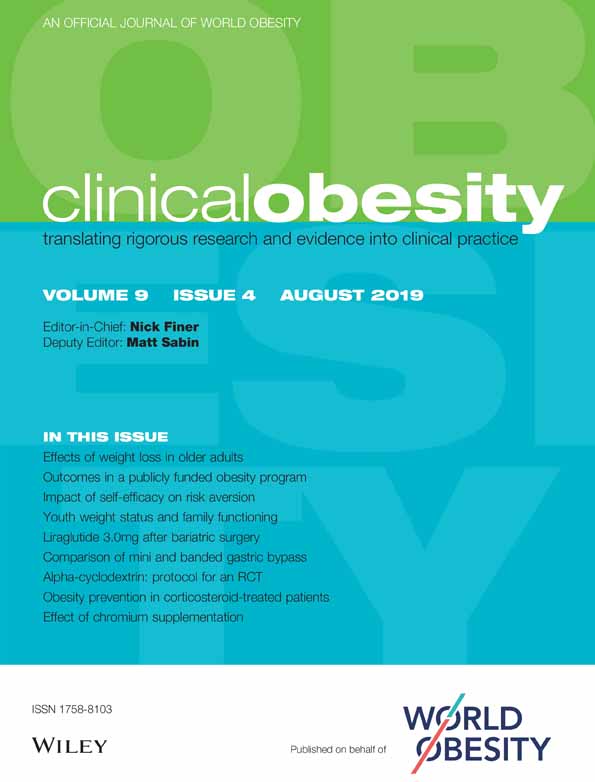OAGB vs BGBP: A retrospective comparative study of a cohort of patients who had bariatric surgery in 2012 at one centre by a single surgeon
Summary
Two modifications of Roux-en-Y gastric bypass (RYGB), one anastomosis gastric bypass (OAGB) and Roux-en-Y banded gastric bypass (BGBP), are gaining popularity in use because the OAGB is reported to be a simpler operation, and the BGBP is reported to have sustained weight loss compared to standard RYGB. A retrospective review and analysis of data comparing outcomes up to 5 years after BGBP and OAGB from a prospectively maintained database of all bariatric metabolic operations in 2012 was performed. Eighty-two patients underwent a BGBP and 90 an OAGB. The average age and body mass index were 44.12 and 43.97 and 43.57 and 45.79 in the BGBP and OAGB groups, respectively. Postoperative nutrient deficiencies were similar in both groups but were more prominent in the OAGB group. The % excess body weight loss (%EBWL) was 78% and 71.5% at 5 years in the OAGB and BGBP groups, respectively. The % total weight loss (%TWL) was also higher in OAGB compared to the BGBP group, 34.72% and 30.49%, respectively. Resolution of type 2 diabetes (T2DM) was significantly higher in the OAGB group, 79.16%, than in the BGBP group, 71.42%. The resolution of dyslipidaemia and hypertension were similar in both groups, but sleep apnoea resolution was higher in OAGB group. Both operations produced excellent weight loss in the intermediate term. The %EBWL and resolution of T2DM were significantly higher after the OAGB operation at the expense of increased incidence of nutrient deficiencies and hypoproteinemia. Quality of life improvement and patient satisfaction were high after both operations. Long-term follow up and multicentre prospective studies are needed to confirm these intermediate outcomes.
CONFLICT OF INTEREST
Dr M.B. is a consultant to Johnson and Johnson, Stryker, Bariatric Solution, Medtronic, Apollo Endo-Surgery, Karl Storz, Applied Materials. H.K.N., W.M. and S.K. have no conflicts to declare.




